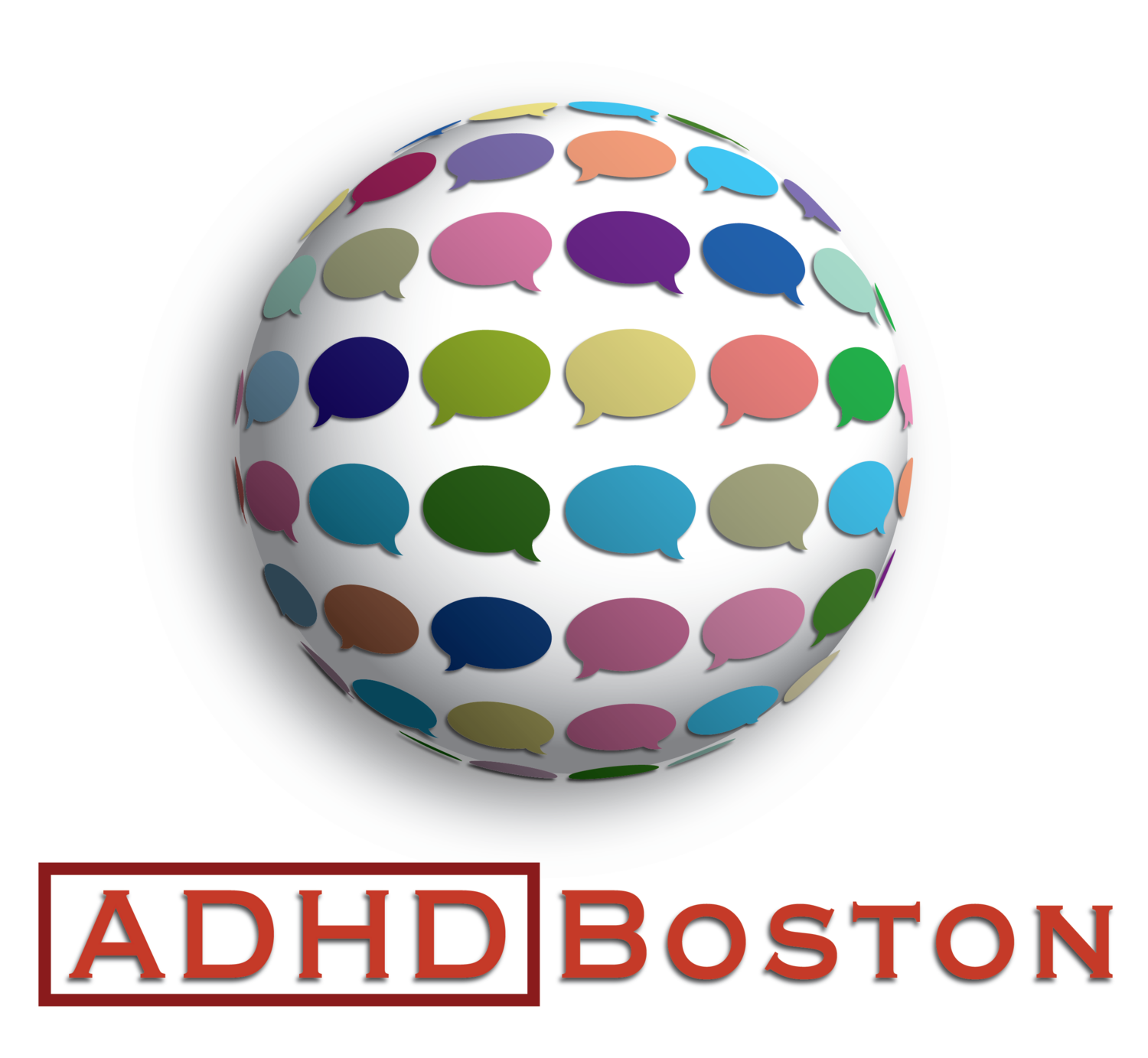Your brain has roughly 40 anatomically distinct regions, all with different functions. Think of those regions as a team of players. The area right behind your forehead and above your eyes is called the prefrontal cortex. Think of that as the coach.
When the coach is alert, it directs the players to cooperate with each other. The timing is right, the plays go smoothly and everyone is happy. When the coach is asleep, the players will goof off. They might practice individually and hone their skills, but the game won’t start until the coach wakes up.
For people with ADHD, the coach is often dozing off when the environment is not stimulating and interesting. This manifests as daydreaming, being distracted and not listening. It can also lead to physical restlessness, or the need to get up and go. Difficulty sustaining attention, impulsiveness, procrastination and starting lots of tasks without finishing them are ways in which people experience ADHD.
When the situation gets exciting, intense or at a crisis point, the coach always wakes up. That’s when the brain engages, especially for those with ADHD. In this state of hyper-focus, nothing else matters. The task at hand is all that exists, and time seems to stand still. You forget about hunger and other bodily functions. Like a horse with blinders, all you see is straight ahead.
This all-or-nothing focus happens because the dopamine threshold must be reached for our coach to wake up. The nerves in the prefrontal cortex communicate using a chemical messenger, or neurotransmitter, called dopamine. When there is enough dopamine floating around between the nerves, signals are sent. When the level is insufficient, nothing happens.
Dopamine levels are determined by rates of release and recycling. It’s released from the nerve cells to send a signal, and then recycled to be used again. If there are too many recycling pumps, or if the pumps are very efficient, then the dopamine level outside the cell where communication happens is too low. Thanks to genetically programmed cells with excess recycling capacity, that’s exactly what happens in the prefrontal cortex of people with ADHD.
-Thor Bergersen MD

